Chemistry Courses
Chemistry
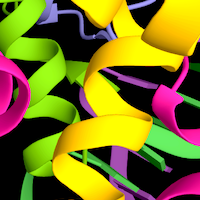
Course • Chemistry • 5 lectures
Protein Structure and Function (Edexcel)
Prof. Karl Haushalter, Harvey Mudd College 5 Lessons
5 Lessons
Protein Structure and Function (Edexcel)
Prof. Karl HaushalterHarvey Mudd College
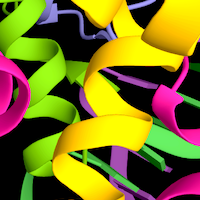
Course • Chemistry • 5 lectures
Protein Structure and Function (OCR)
Prof. Karl Haushalter, Harvey Mudd College 5 Lessons
5 Lessons
Protein Structure and Function (OCR)
Prof. Karl HaushalterHarvey Mudd College
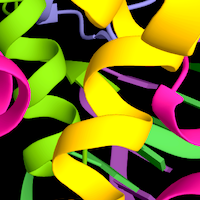
Course • Chemistry • 5 lectures
Protein Structure and Function (AQA)
Prof. Karl Haushalter, Harvey Mudd College 5 Lessons
5 Lessons
Protein Structure and Function (AQA)
Prof. Karl HaushalterHarvey Mudd College

Course • Chemistry • 12 lectures
A Level Analytical Techniques (Edexcel)
Dr Noha Ziedan, Chester University 12 Lessons
12 Lessons
A Level Analytical Techniques (Edexcel)
Dr Noha ZiedanChester University
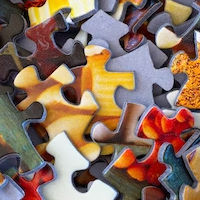
Course • Chemistry • 12 lectures
A Level Analytical Techniques (AQA)
Dr Noha Ziedan, Chester University 12 Lessons
12 Lessons
A Level Analytical Techniques (AQA)
Dr Noha ZiedanChester University
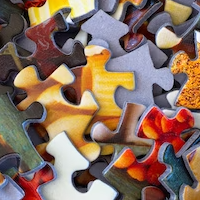
Course • Chemistry • 12 lectures
A Level Analytical Techniques (OCR)
Dr Noha Ziedan, Chester University 12 Lessons
12 Lessons
A Level Analytical Techniques (OCR)
Dr Noha ZiedanChester University
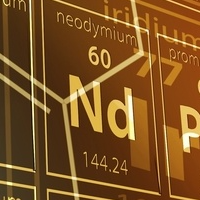
Course • Chemistry • 4 lectures
The Periodic Table and Periodicity - OCR GCSE (J248)
Dr Nick Chatterton, Birkbeck College, London 4 Lessons
4 Lessons
The Periodic Table and Periodicity - OCR GCSE (J248)
Dr Nick ChattertonBirkbeck College, London
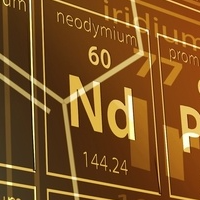
Course • Chemistry • 4 lectures
The Periodic Table and Periodicity - AQA GCSE (8462)
Dr Nick Chatterton, Birkbeck College, London 4 Lessons
4 Lessons
The Periodic Table and Periodicity - AQA GCSE (8462)
Dr Nick ChattertonBirkbeck College, London
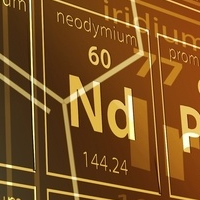
Course • Chemistry • 4 lectures
The Periodic Table and Periodicity - Edexcel GCSE (1CH0)
Dr Nick Chatterton, Birkbeck College, London 4 Lessons
4 Lessons
The Periodic Table and Periodicity - Edexcel GCSE (1CH0)
Dr Nick ChattertonBirkbeck College, London
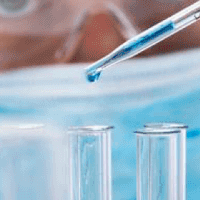
Course • Chemistry • 3 lectures
Practical Chemistry Experiments - AQA GCSE (8462)
Dr Nick Chatterton, Birkbeck College, London 3 Lessons
3 Lessons
Practical Chemistry Experiments - AQA GCSE (8462)
Dr Nick ChattertonBirkbeck College, London
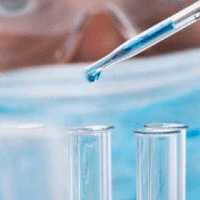
Course • Chemistry • 3 lectures
Practical Chemistry Experiments - Edexcel GCSE (1CH0)
Dr Nick Chatterton, Birkbeck College, London 3 Lessons
3 Lessons
Practical Chemistry Experiments - Edexcel GCSE (1CH0)
Dr Nick ChattertonBirkbeck College, London
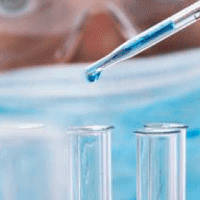
Course • Chemistry • 3 lectures
Practical Chemistry Experiments - OCR GCSE (J248)
Dr Nick Chatterton, Birkbeck College, London 3 Lessons
3 Lessons
Practical Chemistry Experiments - OCR GCSE (J248)
Dr Nick ChattertonBirkbeck College, London

Course • Chemistry • 5 lectures
Chemical Complexity as a Sign of Life
Prof. Lee Cronin, Glasgow University 5 Lessons
5 Lessons
Chemical Complexity as a Sign of Life
Prof. Lee CroninGlasgow University
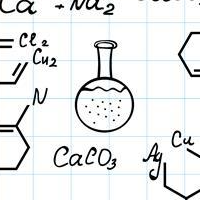
Course • Chemistry • 8 lectures
Fuels, Hydrocarbons and Organic Reactions - OCR GCSE (J248)
Dr Noha Ziedan, Chester University 8 Lessons
8 Lessons
Fuels, Hydrocarbons and Organic Reactions - OCR GCSE (J248)
Dr Noha ZiedanChester University
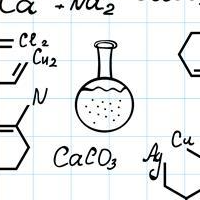
Course • Chemistry • 2 lectures
Fuels, Hydrocarbons and Organic Reactions - Edexcel Combined Science (1SC0)
Dr Noha Ziedan, Chester University 2 Lessons
2 Lessons
Fuels, Hydrocarbons and Organic Reactions - Edexcel Combined Science (1SC0)
Dr Noha ZiedanChester University
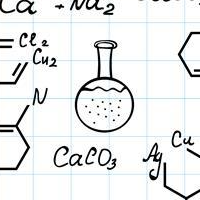
Course • Chemistry • 8 lectures
Fuels, Hydrocarbons and Organic Reactions - AQA GCSE (8462)
Dr Noha Ziedan, Chester University 8 Lessons
8 Lessons
Fuels, Hydrocarbons and Organic Reactions - AQA GCSE (8462)
Dr Noha ZiedanChester University
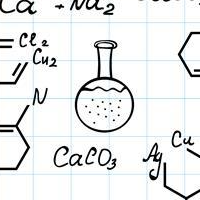
Course • Chemistry • 3 lectures
Fuels, Hydrocarbons and Organic Reactions - AQA Combined Science (8464)
Dr Noha Ziedan, Chester University 3 Lessons
3 Lessons
Fuels, Hydrocarbons and Organic Reactions - AQA Combined Science (8464)
Dr Noha ZiedanChester University
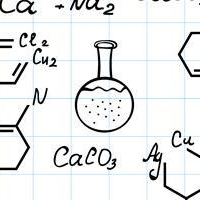
Course • Chemistry • 1 lectures
Fuels, Hydrocarbons and Organic Reactions - OCR Combined Science (J250)
Dr Noha Ziedan, Chester University 1 Lessons
1 Lessons
Fuels, Hydrocarbons and Organic Reactions - OCR Combined Science (J250)
Dr Noha ZiedanChester University
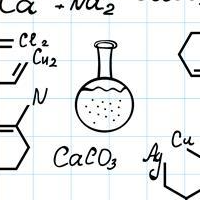
Course • Chemistry • 8 lectures
Fuels, Hydrocarbons and Organic Reactions - Edexcel GCSE (1CH0)
Dr Noha Ziedan, Chester University 8 Lessons
8 Lessons
Fuels, Hydrocarbons and Organic Reactions - Edexcel GCSE (1CH0)
Dr Noha ZiedanChester University
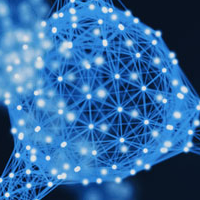
Course • Chemistry • 5 lectures
Digital Chemistry
Prof. Lee Cronin, Glasgow University 5 Lessons
5 Lessons
Digital Chemistry
Prof. Lee CroninGlasgow University

Course • Chemistry • 7 lectures
Acids and Bases (AQA)
Dr Nick Chatterton, Birkbeck College, London 7 Lessons
7 Lessons
Acids and Bases (AQA)
Dr Nick ChattertonBirkbeck College, London

Course • Chemistry • 7 lectures
Acids and Bases (Edexcel)
Dr Nick Chatterton, Birkbeck College, London 7 Lessons
7 Lessons
Acids and Bases (Edexcel)
Dr Nick ChattertonBirkbeck College, London

Course • Chemistry • 7 lectures
Acids and Bases (OCR)
Dr Nick Chatterton, Birkbeck College, London 7 Lessons
7 Lessons
Acids and Bases (OCR)
Dr Nick ChattertonBirkbeck College, London
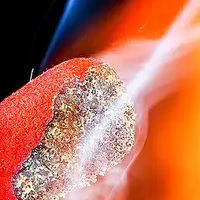
Course • Chemistry • 5 lectures
Reaction Thermodynamics
Dr Nick Chatterton, Birkbeck College, London 5 Lessons
5 Lessons
Reaction Thermodynamics
Dr Nick ChattertonBirkbeck College, London
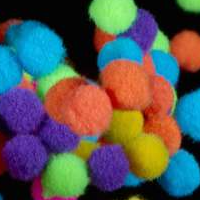
Course • Chemistry • 5 lectures
Chemical Kinetics
Dr Nick Chatterton, Birkbeck College, London 5 Lessons
5 Lessons
Chemical Kinetics
Dr Nick ChattertonBirkbeck College, London

Course • Chemistry • 5 lectures
Chemists in a Sustainable World
Prof. David Cole-Hamilton, University of St Andrews 5 Lessons
5 Lessons
Chemists in a Sustainable World
Prof. David Cole-HamiltonUniversity of St Andrews
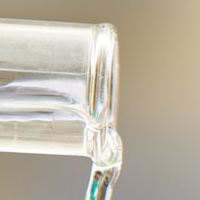
Course • Chemistry • 6 lectures
Methods of Analysis
Dr Giorgio Chianello, QMUL 6 Lessons
6 Lessons
Methods of Analysis
Dr Giorgio ChianelloQMUL
